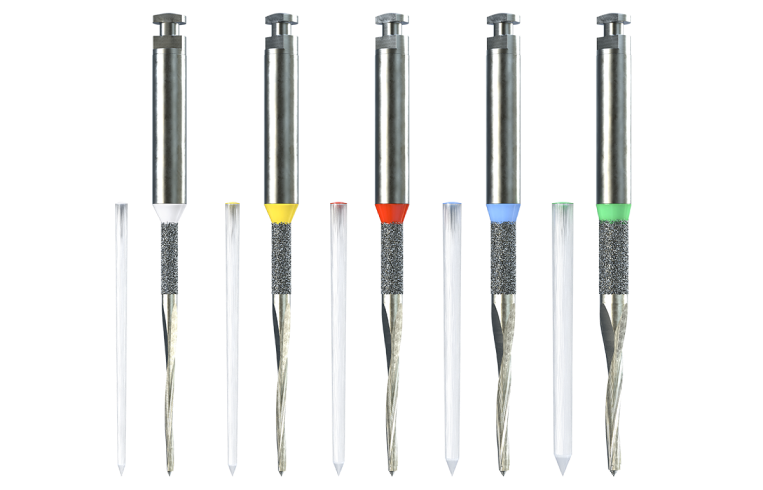Free Standard Shipping on All Orders $285
*Brown PL, Hicks NL. Rehabilitation of endodontically treated teeth using the radiopaque fiber post. Compend Contin Educ Dent. 2003;24(4):275–284.

The UniCore system is designed to provide superior strength and esthetic results for all your post and core procedures. Specifically designed for post preparation, the UniCore Drill creates a space perfectly sized to fit the corresponding UniCore Post. In addition, the UniCore Drill creates the post chamber and removes post/plastic core obturators. There is no need to purchase separate drills—you only need one UniCore Drill for each preparation.
Each UniCore Post is constructed of prestressed fibers and has a gentle taper to correspond to the natural anatomy of the tooth. If needed, UniCore Accessory Posts can be used to better accommodate oval or flared canals.